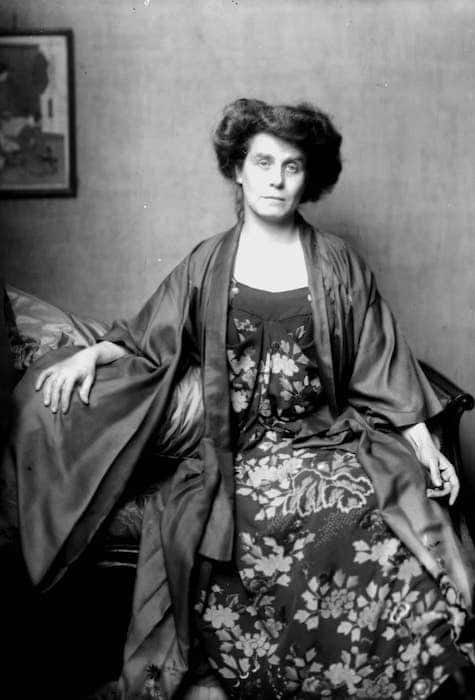
Berta
Zuckerkandl
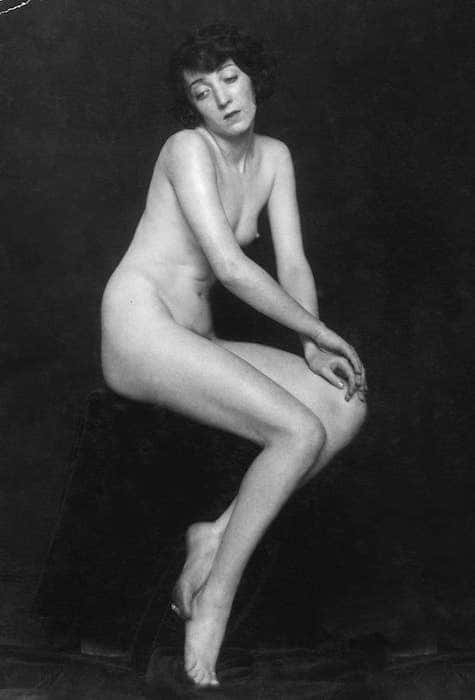
Model Claire Bauroff photographed by
Trude
Fleischmann
She lay on the divan and held court
Whether through political involvement or personal courage, the women of the Wiener Moderne put emancipation on the agenda for the first time. A look at the leading ladies of the fin de siècle.
Pictures (in order): © Imagno/ÖNB • © Imagno/Austrian Archives •
© ÖNB • © Imagno/Wien Museum • © Imagno/Ullstein • © Imagno/ÖNB
Until the nineteenth century, women’s roles were clearly defined and restricted to serving the needs of the family. It was considered unseemly for females to display a level of education beyond that needed to make polite conversation over dinner. But the women of the nineteenth century also worked outside the family, albeit without any recognition in society: as handywomen, teachers, caregivers and – like Schnitzler’s “sweet girl with the pinpricked fingers” – in the factories of the constantly expanding capital. There was a vast gulf between reality and perception.
“The role of the woman was a construct that had nothing to do with reality,” comments University of Vienna historian Gabriella Hauch. “This societal role developed into a paradigm that was underpinned by various laws. In reality the lives women led were extremely varied – and that applied to illiterate day laborers, self-confident factory workers and the legions of servant girls in equal measure. And then there were the wives and daughters of well-heeled middle-class households and aristocratic circles. While paid work was a cursed necessity for some, for others it was an aspirational goal.” From this perspective, all women had a reason to improve their situation, and it was high time for this to actually happen.
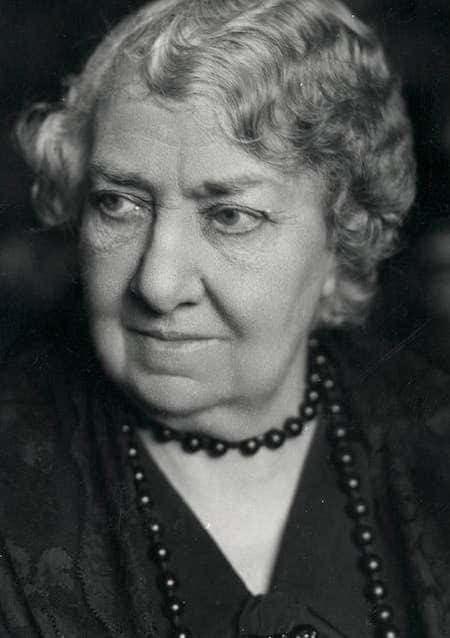
Rosa
Mayreder
Raising voices
Calls for equal rights were becoming ever louder and impossible to ignore. Two personalities warrant particular attention in this regard: the women’s rights advocates Marie Lang (1858-1934) and Rosa Mayreder (1858-1938) both came from solid middle class backgrounds. Lang was an energetic, eloquent speaker and cofounder of the General Austrian Women’s Association, whose mission was to achieve universal suffrage and bring about equal rights for women. Mayreder, a tireless campaigner against discrimination and double standards, was immortalized on the 500 shilling bank note.
The salonnières
Whether their ambitions were political, artistic, intellectual or purely social, these free spirits banded together in circles. Forward-looking women from the middle classes freed themselves from established social conventions, set to work extending their spheres of activity and openly professed their intellect. They had a feeling for the spirit of the times and the unique opportunity that presented itself. What emerged at the time was the archetype of modern-day networking: the Viennese salon.
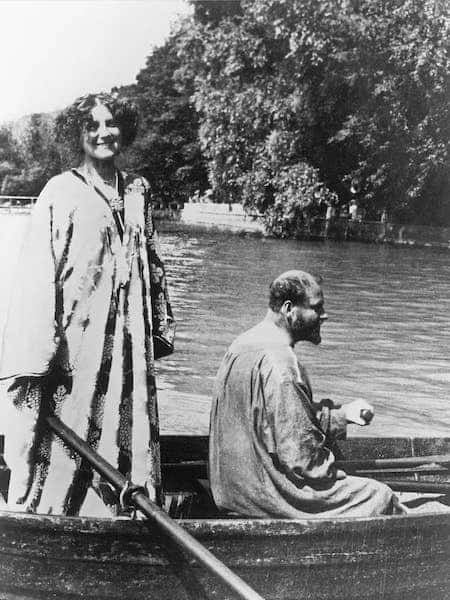
Gustav
Klimt
and
Emilia
Flöge
at the Attersee
A salonnière was more than a host, and had much more to do than put together a series of dishes for her guests. Her real task was to draw up a guest list conducive to the creation of a menu that was flavorsome and nourishing, and spicy yet easily digestible. Esprit provided the basic ingredient, seasoned with scandals, affairs of the heart, political machinations and, above all, art. The whole composition was touched off with a subtle erotic note. Participants spoke openly, morals were called into question. One person who provided ample fuel for conversation was Alma Schindler, later Mahler, Gropius and Werfel (see box for details of Alma’s life of scandal). But even the liberalism of the era had its limits: Lina Loos (1882-1950), wife of the architect, had an affair with the 18-year-old son of her friend, which ended not only with the young man’s suicide but also led to her temporary exclusion from society. Ultimately though it was dramas like this that helped shake up established ideas.
Matters were always in keeping with standing in society in the salon run by Princess Nora Fugger (1864-1945). As the wife of the Emperor’s chamberlain her social interactions were restricted to members of the aristocracy and her book The Glory of the Habsburgs: The Memoirs of Princess Fugger is a must-read for anyone with an interest in life at court.
Zuckerkandl and her divan
The imperial court, long the only society trendsetters, faced serious competition with the emergence of the political and artistic salons. One of the leading Viennese salonnières of the turn of the century was Berta Zuckerkandl (1864-1945). Her salon was held from 1917 onwards inside Palais Lieben-Auspitz by the Burgtheater. Today the building houses Café Landtmann. Zuckerkandl could usually be found seated on her long divan, surrounded by young painters, poets and musicians. Eloquent, charismatic and full of energy, she constantly expanded her influence. Significantly involved in the foundation of the Secession, she was not one to content herself with pulling strings in the background. She was simply far too colorful for the role of éminence grise. Her arch enemy Karl Kraus spitefully dismissed her as a “cultural windbag”.
In later years she was a committed pacifist and after her emigration she continued to work as a foreign correspondent. In this point women’s emancipatory ambitions, then as now, have been reflecting their deepest differences: is it a question of bringing about social change or merely about getting ahead on a personal level?
New self-confidence in their chosen profession
Among the female pioneers that chose art as their profession in the late nineteenth century were numerous Jewish women including Tina Blau (1845-1916), Broncia Koller-Pinell (1863-1934), Marie-Louise von Motesiczky (1906-1996) and the ceramicists Vally Wieselthier (1895-1945) and Susi Singer (1891-1965).
The photographer Trude Fleischmann (1895-1990) steadfastly pursued her career in a male-dominated environment.
While women were tolerated as portrait photographers, depicting the naked body was another matter altogether. However, Fleischmann refused to be cowed by scandal. When the Second World War put an end to her livelihood, she regrouped and built up a studio in Manhattan. Today her pictures can be found on display in some of the world’s leading museums. Trained at the court opera, dancer Grete Wiesenthal (1885-1970) was another individual who wanted more than society was prepared to give her, and she ended up founding her own ballet school so that she could realize her artistic vision without making compromises.
Viennese actress Hedy Kiesler (1914-2000), who enjoyed a great career in America under the name of Hedy Lamarr, was even more focused on personal success. Fêted as the most beautiful woman in the world she was a goddess of the silver screen, a style icon and cover girl before the days of Monroe.
Her entrance to Hollywood was mired in controversy: Lamarr’s nude scene and insinuated female orgasm in the film Ecstasy had the German censors up in arms. It wasn’t until much later that the general public discovered there was much more to Lamarr than the glamorous screen siren. She was one of the inventors of a frequency hopping system for the remote control of torpedoes, and developed a patent that is in use to this day in Bluetooth technology. However, this particular invention was rooted in the desire for personal revenge: her first husband, an arms dealer who worked for the Nazis, held her as a virtual prisoner for many years.
Fashion designer Emilie Flöge (1874-1952) was also a self-reliant woman. A successful businesswoman, she ran a flourishing haute couture salon with her sisters, at times employing up to 80 seamstresses. As a designer she came up with her own creations and also supplied patterns to the Wiener Werkstätte.
Despite this, she is chiefly remembered for one role: as the painter Gustav Klimt’s companion … And to think that she, and so many others like her in fin-de-siècle Vienna, did so much to escape from living in the shadows of their male counterparts. Their achievements should not be taken lightly, and the influence they had on the emancipation of women continues to resonate to this day.
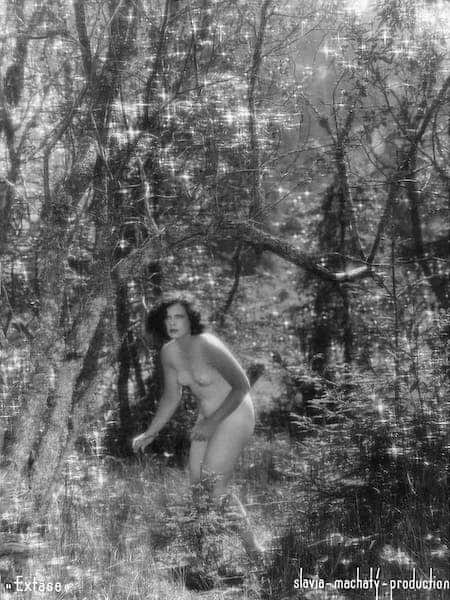
Hedy
Kiesler
Lamarr
in the film Ecstasy
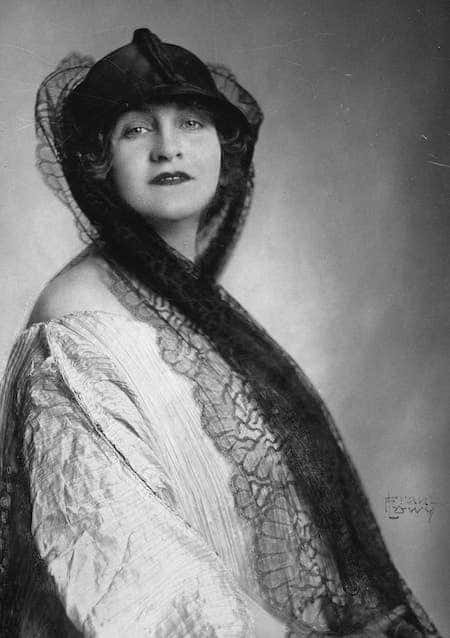
Alma Mahler-Werfel accepted the objectification of her name. Before marrying her, the composer Gustav Mahler (1860-1911) sent Alma Schindler (1879-1964), who was 19 years his junior, a 20-page letter in which he made it clear that she was only to live for him from that point on and would have to bury her own ambitions. Alma was also a composer and by all accounts not a bad one at all. But that was of no interest to him. She accepted her fate, until the next luminary entered her life. Was she in love with the art or the artist? This question continues to provide her biographers with food for thought to this day. The fact is that the list of her lovers and husbands is as impressive as their talents were undeniable. Inspired by Alma the muse, their genius came to the fore. The painter Kokoschka, the architect Gropius, and the much younger writer Franz Werfel: Alma survived them all and described them – not always showing mercy – in her memoirs. She cruelly listed their physical shortcomings and human weaknesses, not even stopping short of making ill-advised politically-charged racial remarks. Her increasingly sympathetic views on National Socialism soon gave the lie to the image she had carefully constructed for herself. Behind the facade of the self-sacrificing muse was a promiscuous, small-minded woman who was driven by craven ambition. Alma Mahler, as she was known in her twilight years, died in New York on December 11, 1964, and is buried in Grinzing cemetery in Vienna.
Dearest "ALMSCHI“:
AlmaMahler-Werfel
and her men